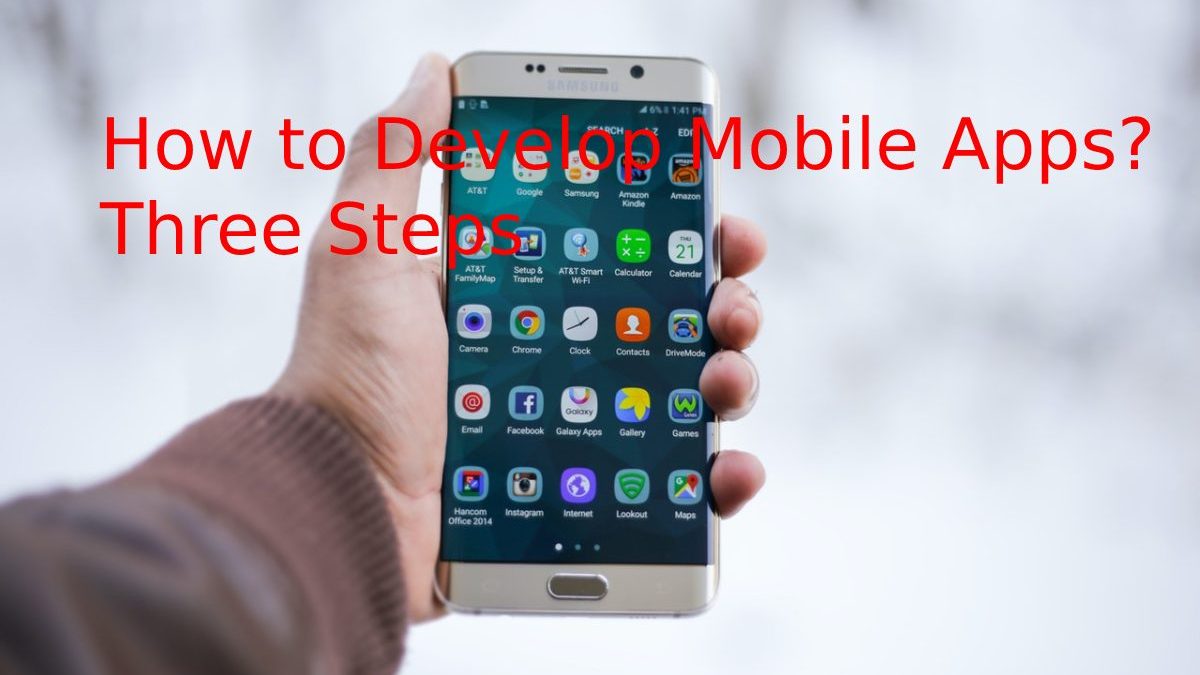Table of Contents
Mobile Apps
After 2020, the number of users who perform tasks from Mobile Apps devices has increased significantly, increasing the demand for mobile applications. Indeed creating an app seems complicated. This post will explain the steps that must be followed to know how to Develop Mobile Apps.
What is a Mobile Application?
Before we start, we will have to know what a mobile app is. It is a software application designed for mobile devices such as tablets, smartphones, or smart TVs. They are programs designed to run on these types of devices.
There are many types of apps. They can serve to inform, as tools and utilities, present businesses, sell products or services, and as web pages. Each application has a different function and fulfills a series of objectives.
How to Develop Mobile Apps?
The great demand for applications by multinationals and SMEs is because it is a precious resource, almost essential to maintain their competitiveness. Next, we mention some steps to consider to know how to develop Mobile Apps from scratch.
1. Fix the Idea of the App
Before starting, it is essential to have defined the functionality and general appearance of the mobile application. Since it is the first phase to assess the idea’s viability, in this process, you can use applications to make mockups and wireframes that will help you design and test your new project.
Some of the most recommended apps are Moqups, which has options to create a professional design close to the final product, especially in the case of applications or websites, or InVision, which allows you to create animated prototypes or diagrams to use.
2. Choose the Platform for the App
Now that you are clear regarding the functionality of the App, you need to decide for which platforms the mobile application is going to be developed. This will depend, among other factors, on whether the application will be for private/internal or public use.
Also Read: Premier Student Loan Center Schoolfellow
If it is going to be for internal use, then it will be limited to the development of the corporate mobile platform, and it will not be necessary to go through the stores (application stores). Although if the App has a presence on iOS, you will have to pay for the private development license for companies.
Anyway, suppose you don’t want to depend on the platform. In that case, you can opt for developing a PWA (Progressive web app) with hybrid technology, and it will allow you to be on any platform without additional costs.
If it is going to be for public use, we link to the leading platforms, currently iOS and Android. According to Statcounter data, in Spain, as of July 2021, the ratios are about 77% Android and 22.3% iOS.
Although iOS is less used in Spain, it is convenient to consider it for various reasons. For example, if the mobile App is internationalizing, the data may change; iOS represents about 60% of use in the US.
3. Choose Development Technology
Choosing which technology to use for the development of the mobile application is a fundamental step since it can lead to the failure or success of the App. You have to decide if the application should develop with native technology (Java, Swift), hybrid (Angular, React), hybrid / native UI (React Native, Native Script), or generated (Xamarin).
It can boil down to two features to consider when choosing your development technology.
- Functionality and performance. If the App requires intensive use of resources (animation, graphics, or rendering), native technology will make the most of the available hardware in our development. However, if the App is based on querying and managing data, lists, images, etc., it develops in the suggested system, from Java to React Native.
- The time and cost. In this sense, the most expensive technology for development is a native app for a platform. And the cheapest would be a hybrid app that would be approximately 30%. And 50% of the cost of a native one. Keep in mind that the cost increases due to maintenance and improvements to the application. In the case of native apps, it is a significant disadvantage.
We have in broad strokes what has to take into account when knowing how to Develop Mobile Apps. Once we have this defined, it will only be necessary to get down to work.
Now that you know how to develop Mobile Apps, do you want to start your career as a mobile developer? With our Full Stack Bootcamp in Mobile App Development, you will professionally create native or hybrid Apps for iOS & Android.
Also Read: What is an Investment – Investing Examples and Five Benefits of Investing


